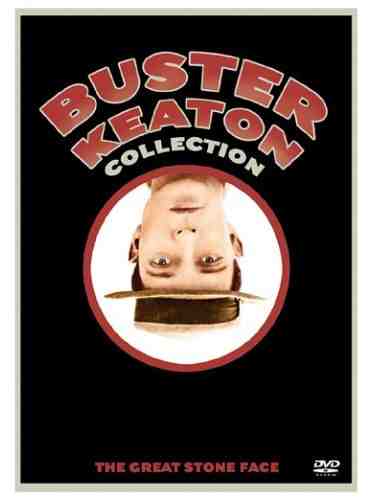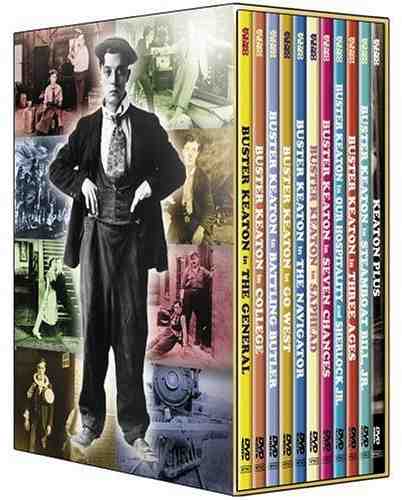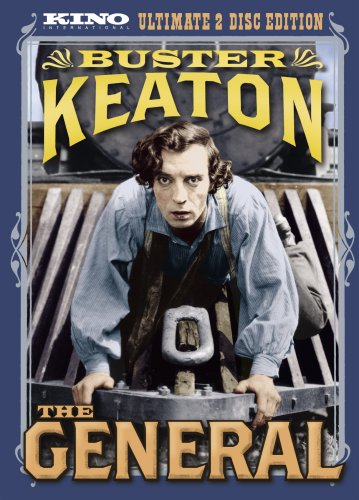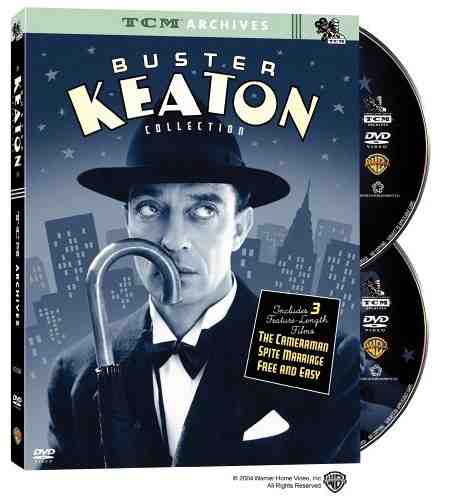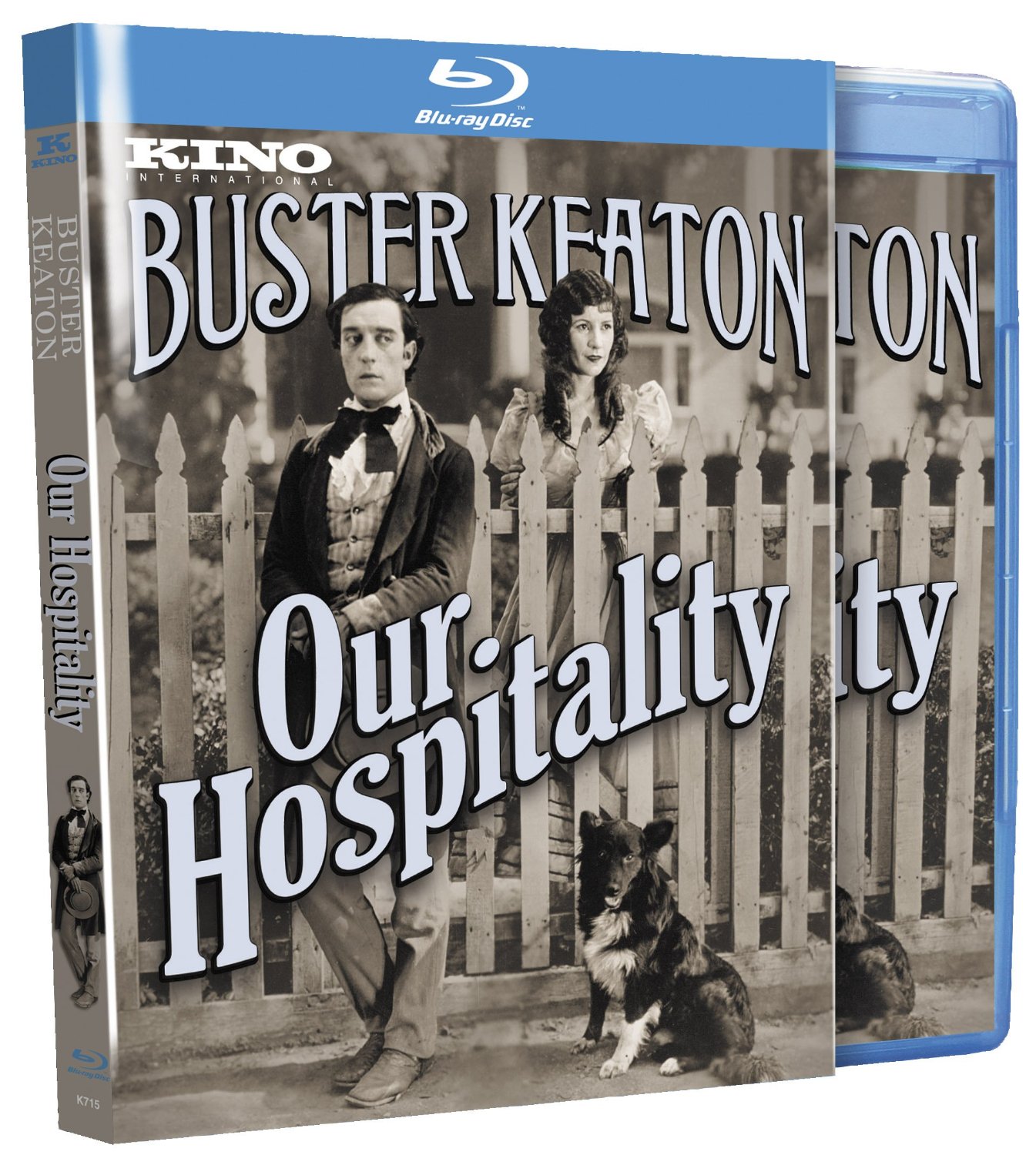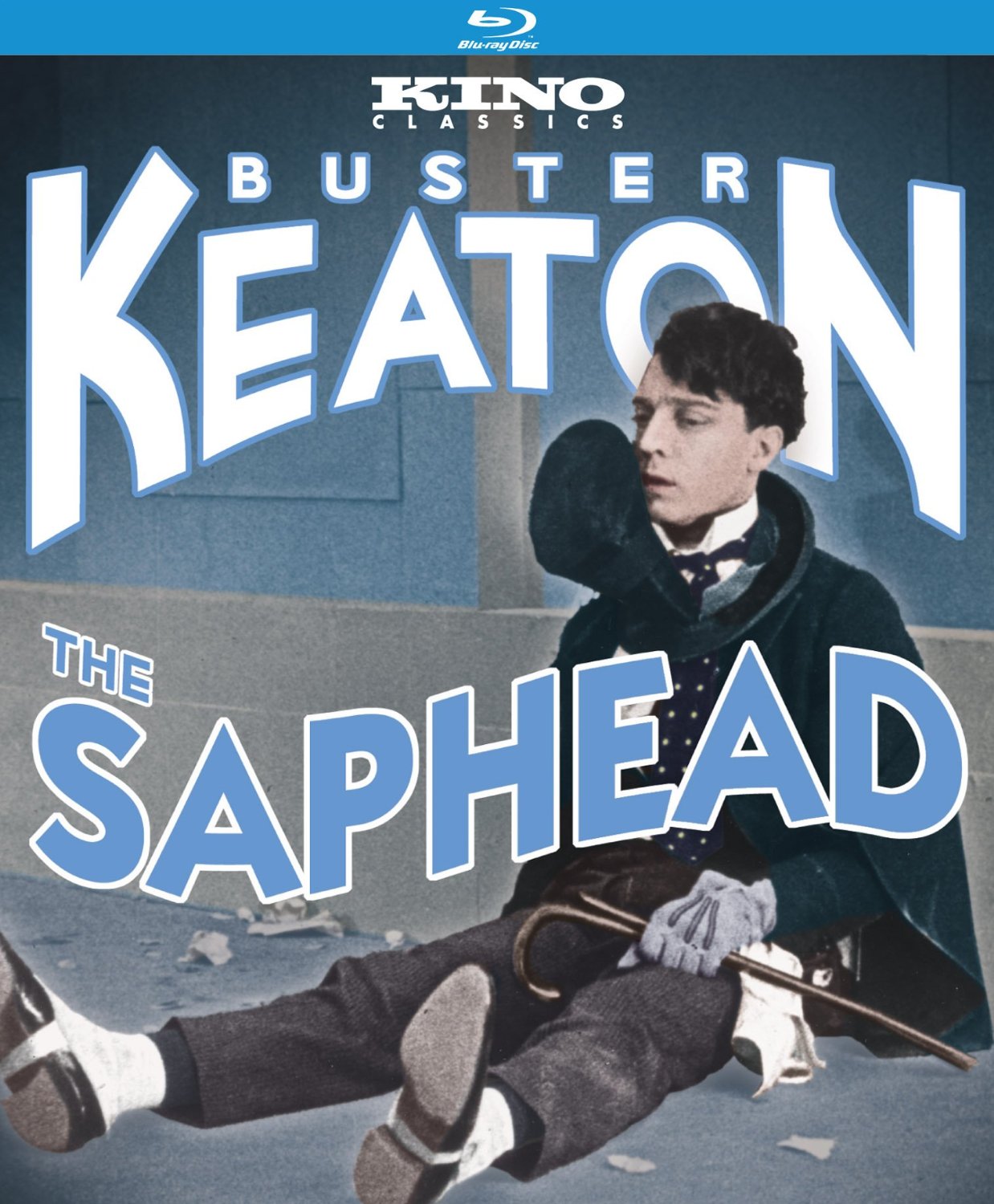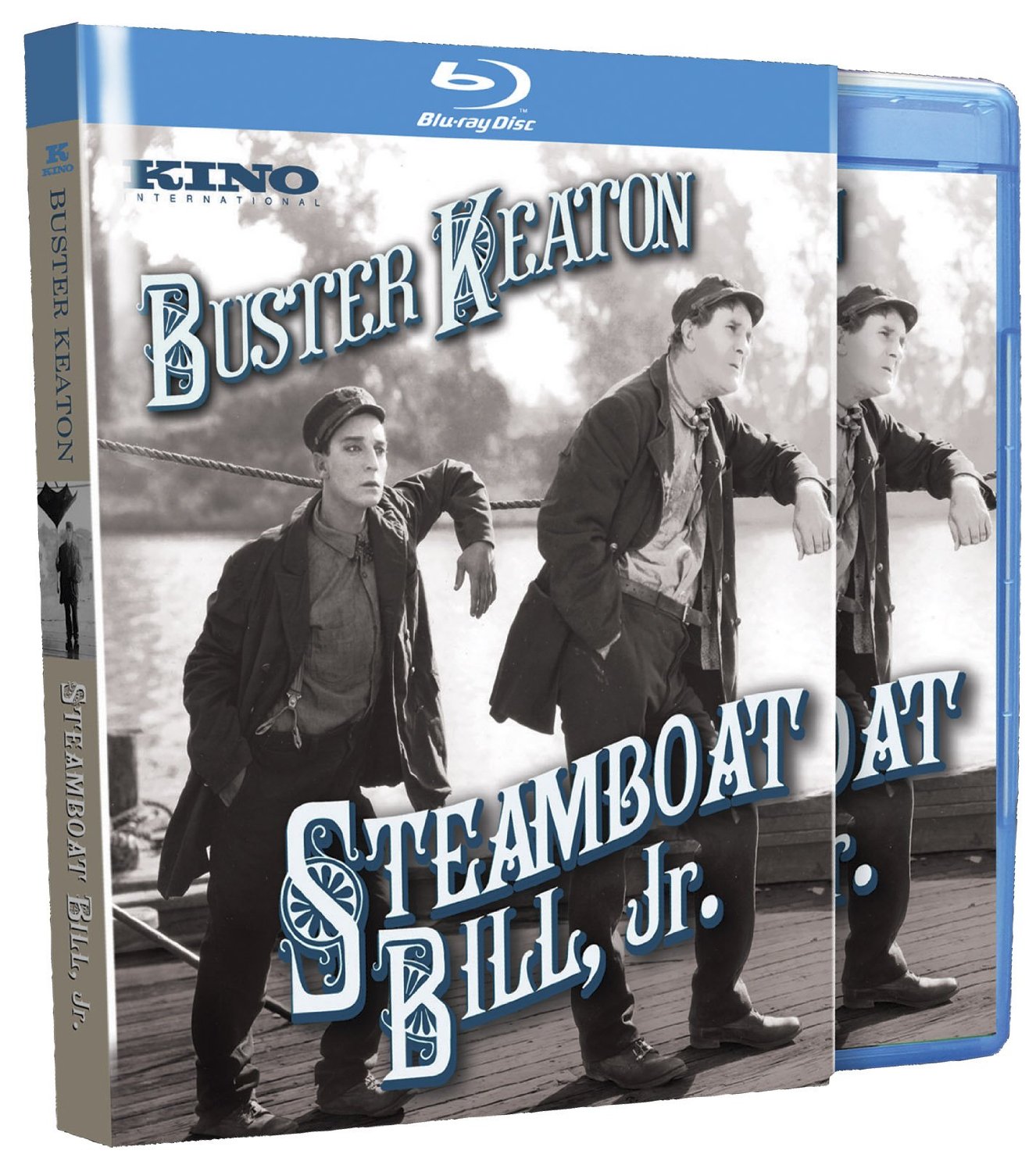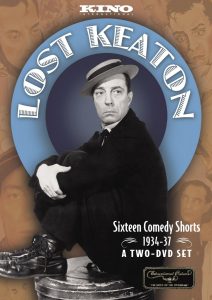Buster Keaton – 65th Anniversary Collection
Editorial Review of Buster Keaton – 65th Anniversary Collection, courtesy of Amazon.com
![]() An entire missing segment of Buster Keaton’s career is filled in with the release of this collection, which comprises the 10 shorts Keaton made at Columbia Pictures in 1939-41. If you’re a Keaton fan (and why on earth wouldn’t you be?) this section of the great man’s work has always been in dispute–and above all, hard to see. After his career collapsed at the beginning of the 1930s, Buster Keaton struggled to find a niche in Hollywood, and the Columbia contract was essentially his last sustained opportunity to headline in films on a regular basis. It was a difficult fit from the start: Keaton did not have the artistic control he enjoyed over his 1920s classics, and director Jules White (who helmed most of the Columbia shorts) had a radically different view of comedy from his star. White guided the hijinks of Columbia’s busiest comedy stars, the Three Stooges, and his leadpipe-to-the-noggin style did not mesh well with Keaton’s measured, logical approach.
An entire missing segment of Buster Keaton’s career is filled in with the release of this collection, which comprises the 10 shorts Keaton made at Columbia Pictures in 1939-41. If you’re a Keaton fan (and why on earth wouldn’t you be?) this section of the great man’s work has always been in dispute–and above all, hard to see. After his career collapsed at the beginning of the 1930s, Buster Keaton struggled to find a niche in Hollywood, and the Columbia contract was essentially his last sustained opportunity to headline in films on a regular basis. It was a difficult fit from the start: Keaton did not have the artistic control he enjoyed over his 1920s classics, and director Jules White (who helmed most of the Columbia shorts) had a radically different view of comedy from his star. White guided the hijinks of Columbia’s busiest comedy stars, the Three Stooges, and his leadpipe-to-the-noggin style did not mesh well with Keaton’s measured, logical approach.
